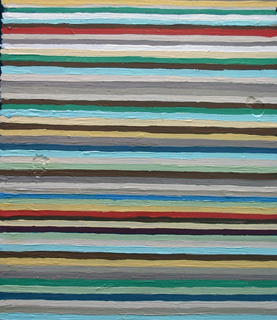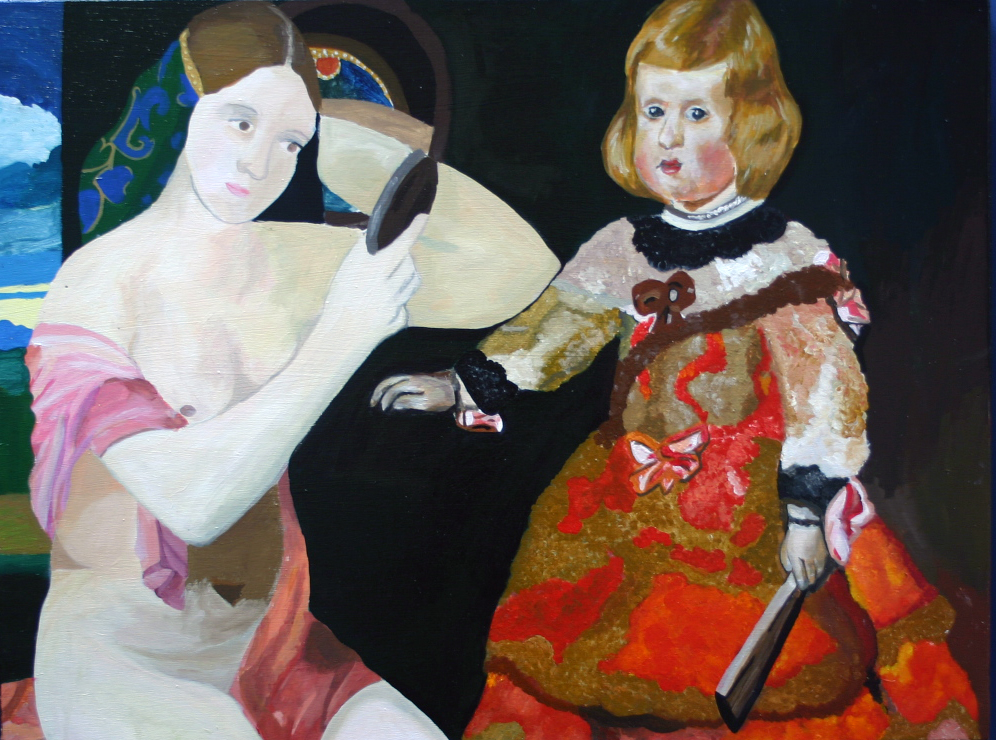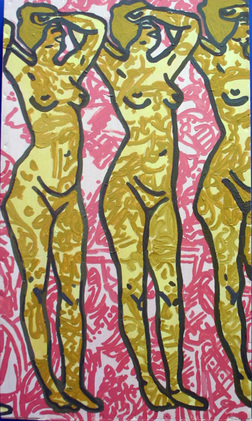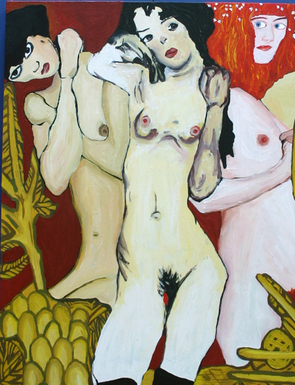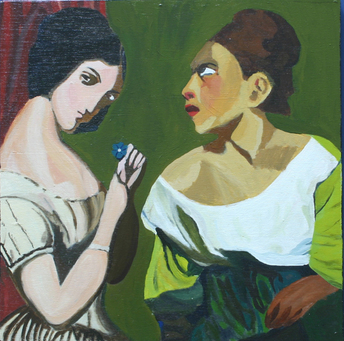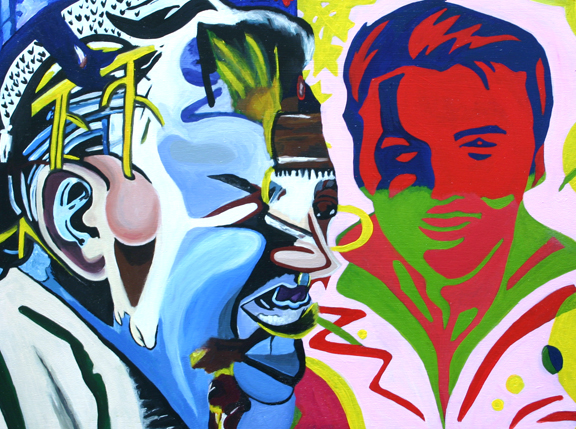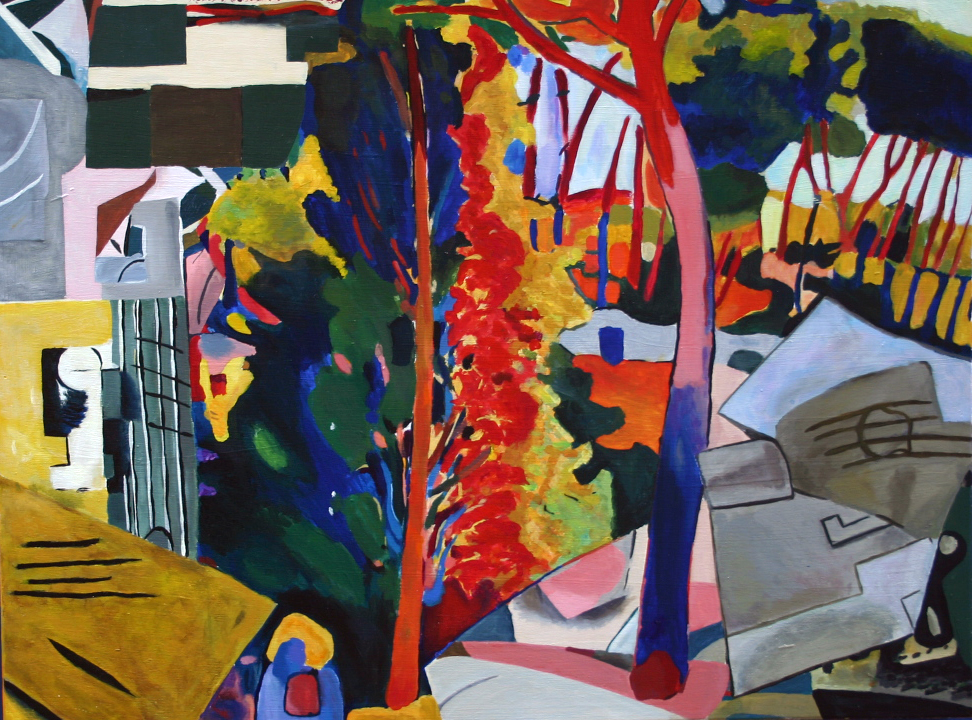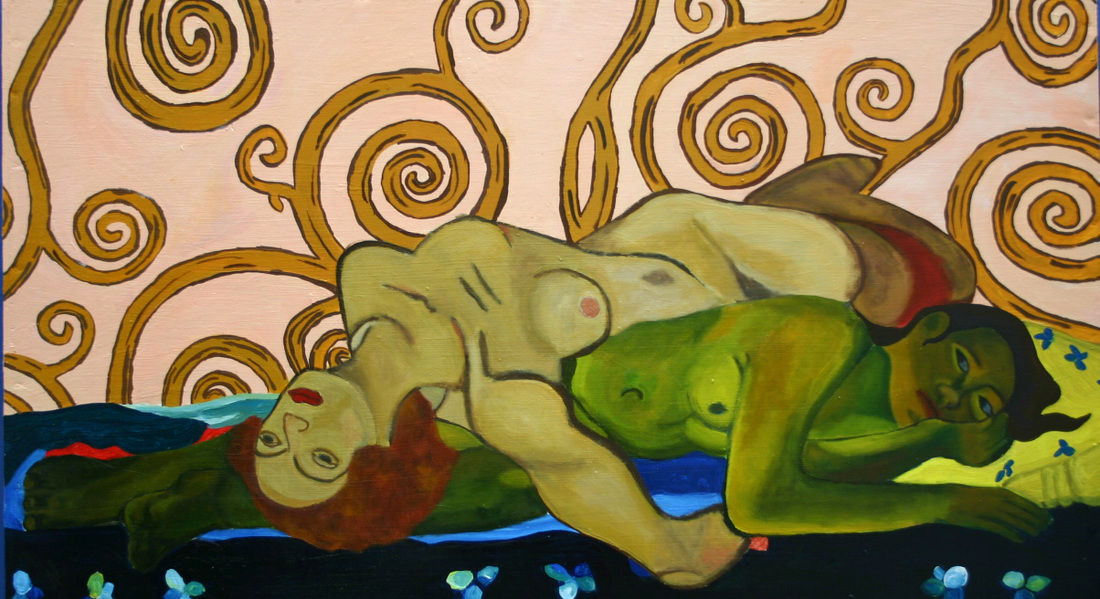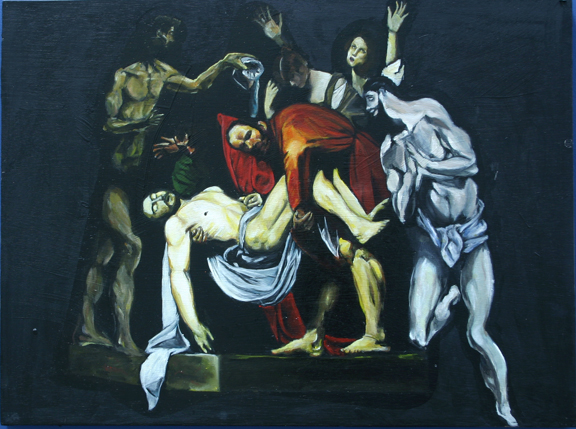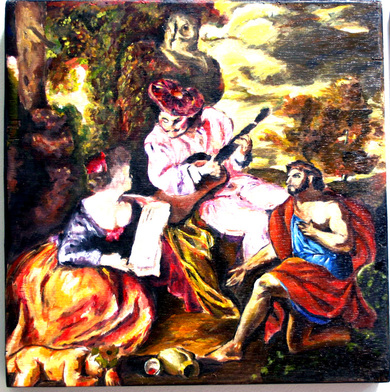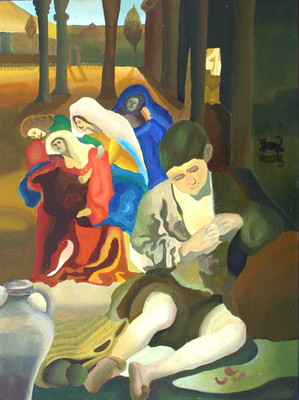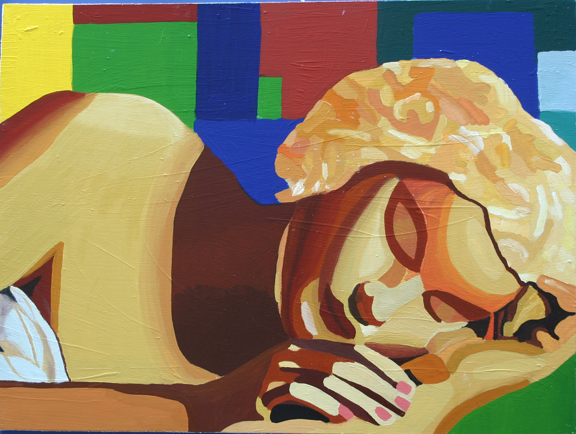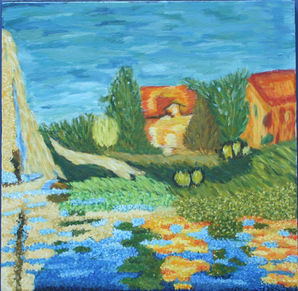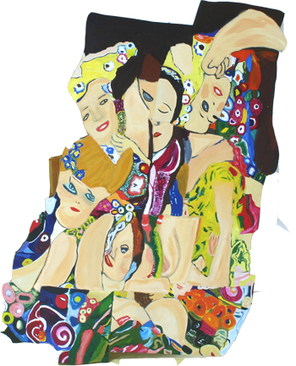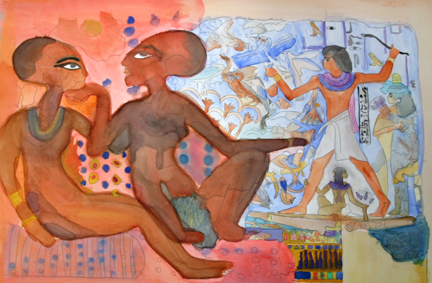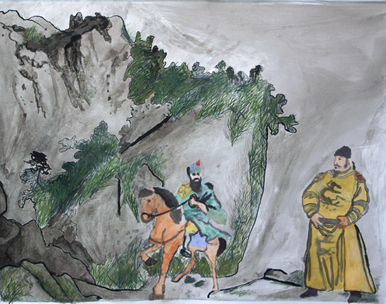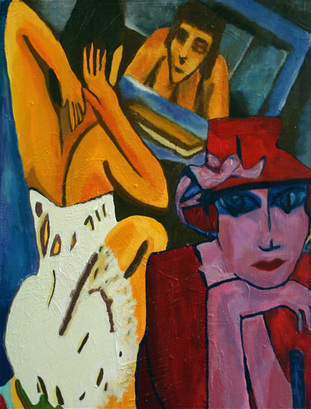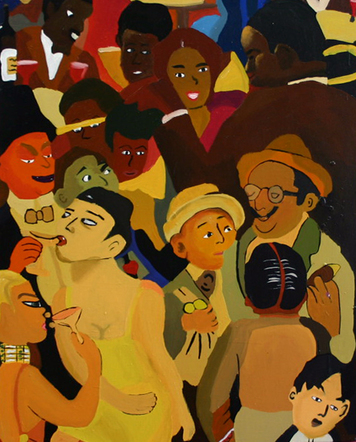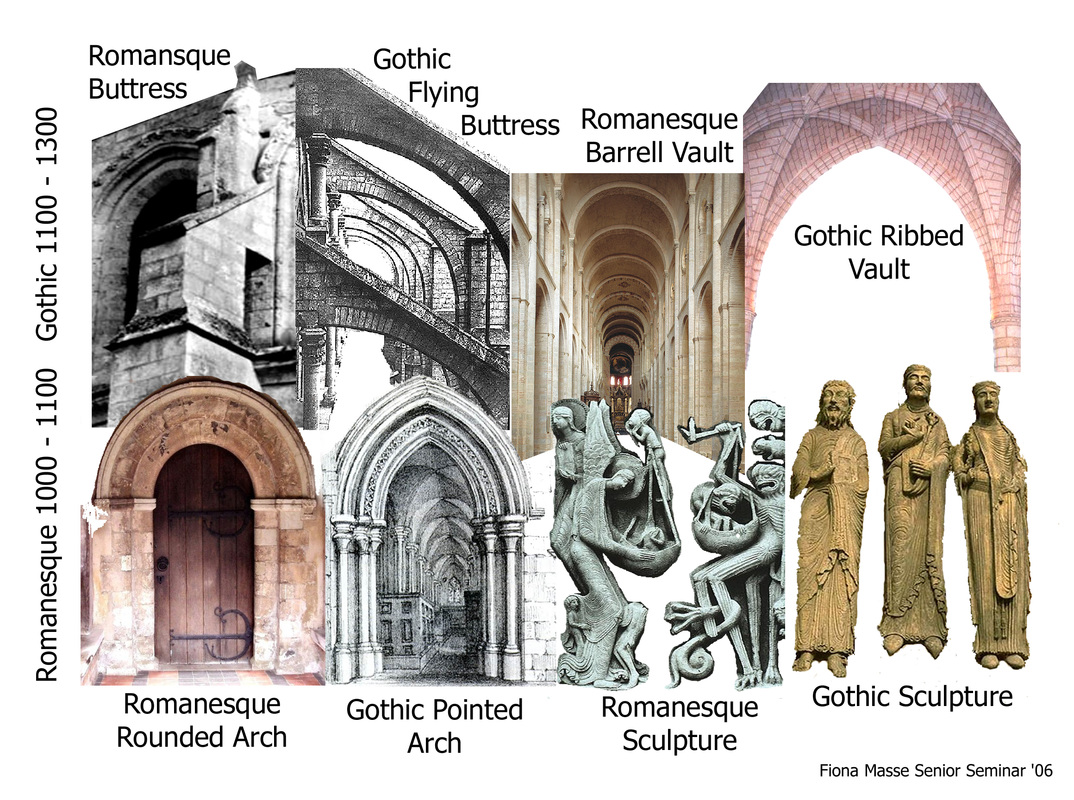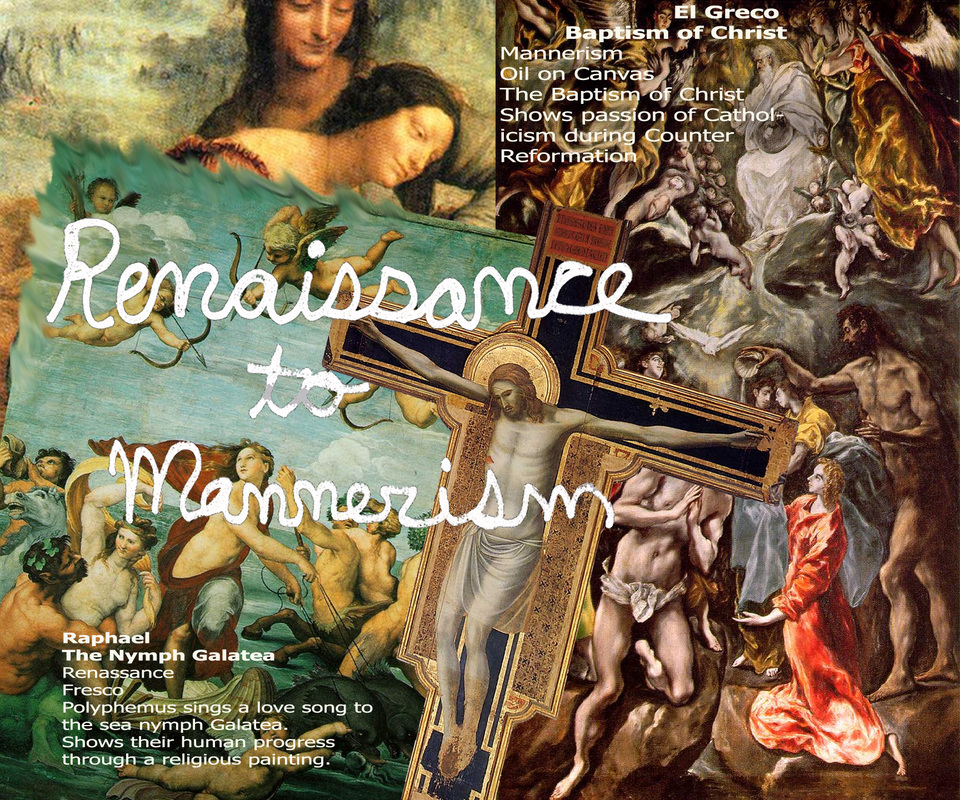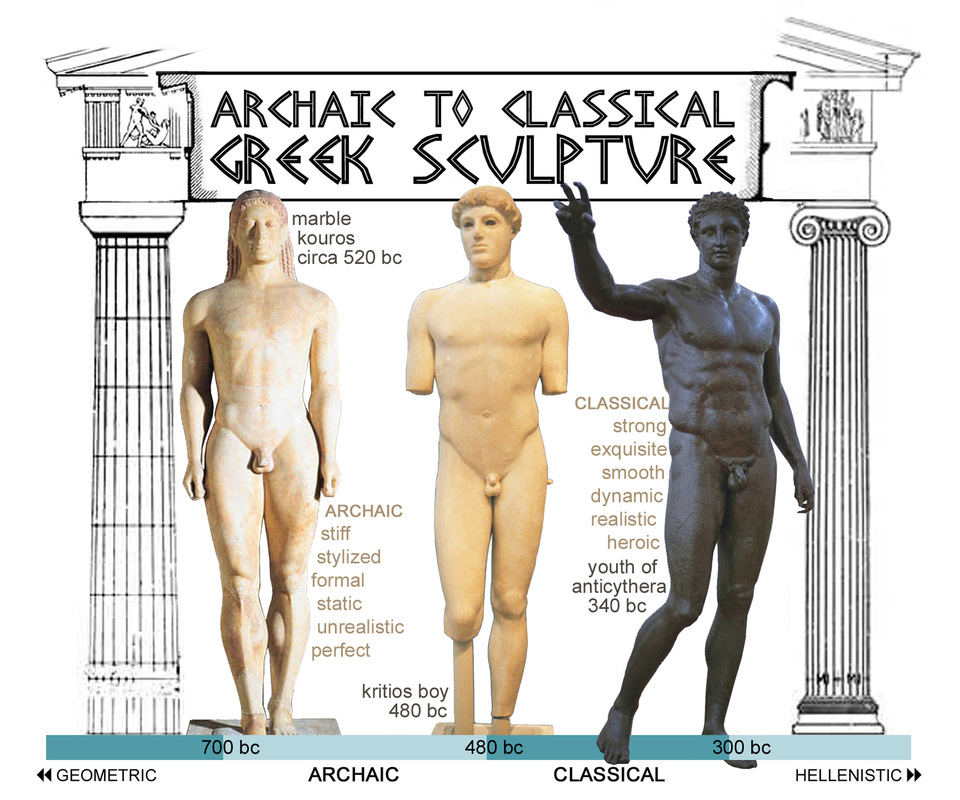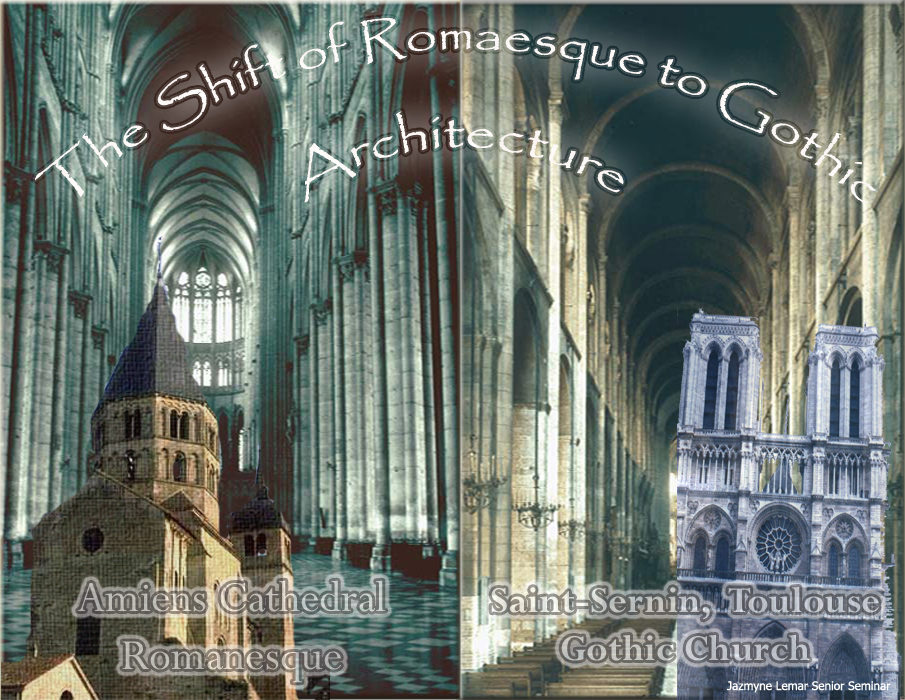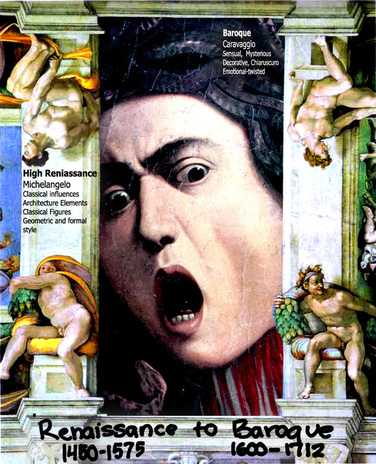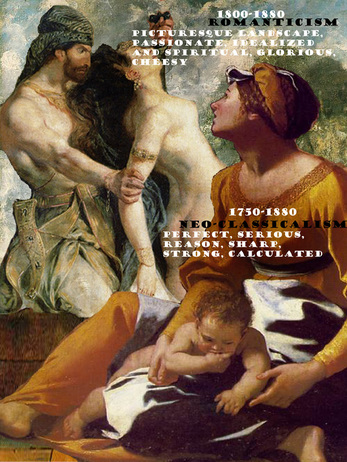The Shift Student Work
This project illustrates the shift in style, change of taste, progression or regression of different society’s artistic endeavors. We studied art history and then the students researched, wrote and made art to describe a shift in the history of art. Sometimes the shift described was linear and direct like: Classical to Hellenistic. Other times students connected Dada to Pop Art or Rococo to Art Nuevo; these examples were not necessarily shifts but more of a connections throughout time.
Abigail Faelnar
|
Christina Hernandez
|
Kirsty Cook
|
Danielle Barnett
|
Danielle Barnett
|
Fiona Masse
|
Jannel Vega
|
Kim Truong
|
Kirsty Cook
|
Lauren ReynoldsThis piece of art is showing the shift of Post-Impressionism art to Art-Nouveau. The Tahitian women on the bottom, was painted by Paul Gauguin in 1897, called Nevermore. Egon Schiele’s painting, Love and Death, was part of the Art-Nouveau period. The pattern in the background was painted also during Art-Nouveau, by Gustav Kilmt. Post-Impressionism started in France where painters were trying to break away from the discipline and order of Impressionism. From 1880 to 1920 the Post-Impressionist continued using vivid colors, thick application of paint, distinctive brushstrokes and real life subject matter. Art Nouveau was an international style which developed in the 1880s and 1890s based on decoration and beauty. During this period many old customs, habits, and artistic styles sat alongside new, combining a range of contradictory images and ideas. Artists started to forget about realism, much like rococo, and adding their own imagination to the art.
|
Maria Zimmerman
|
Maria Zimmerman
|
Sandra Covarrubias
|
Sara Nettleton
|
Jolene Rencher
|
Kim Truong
|

